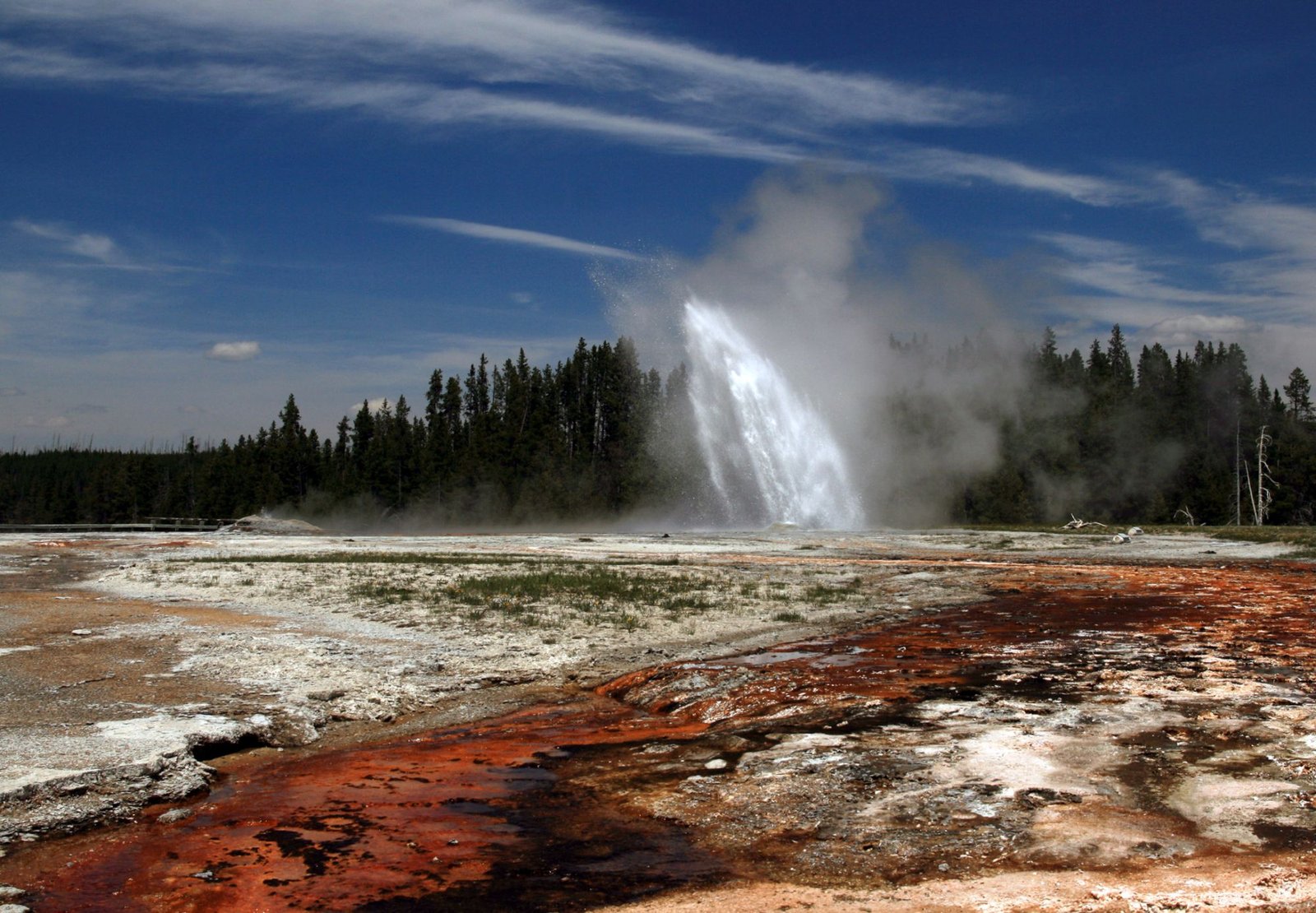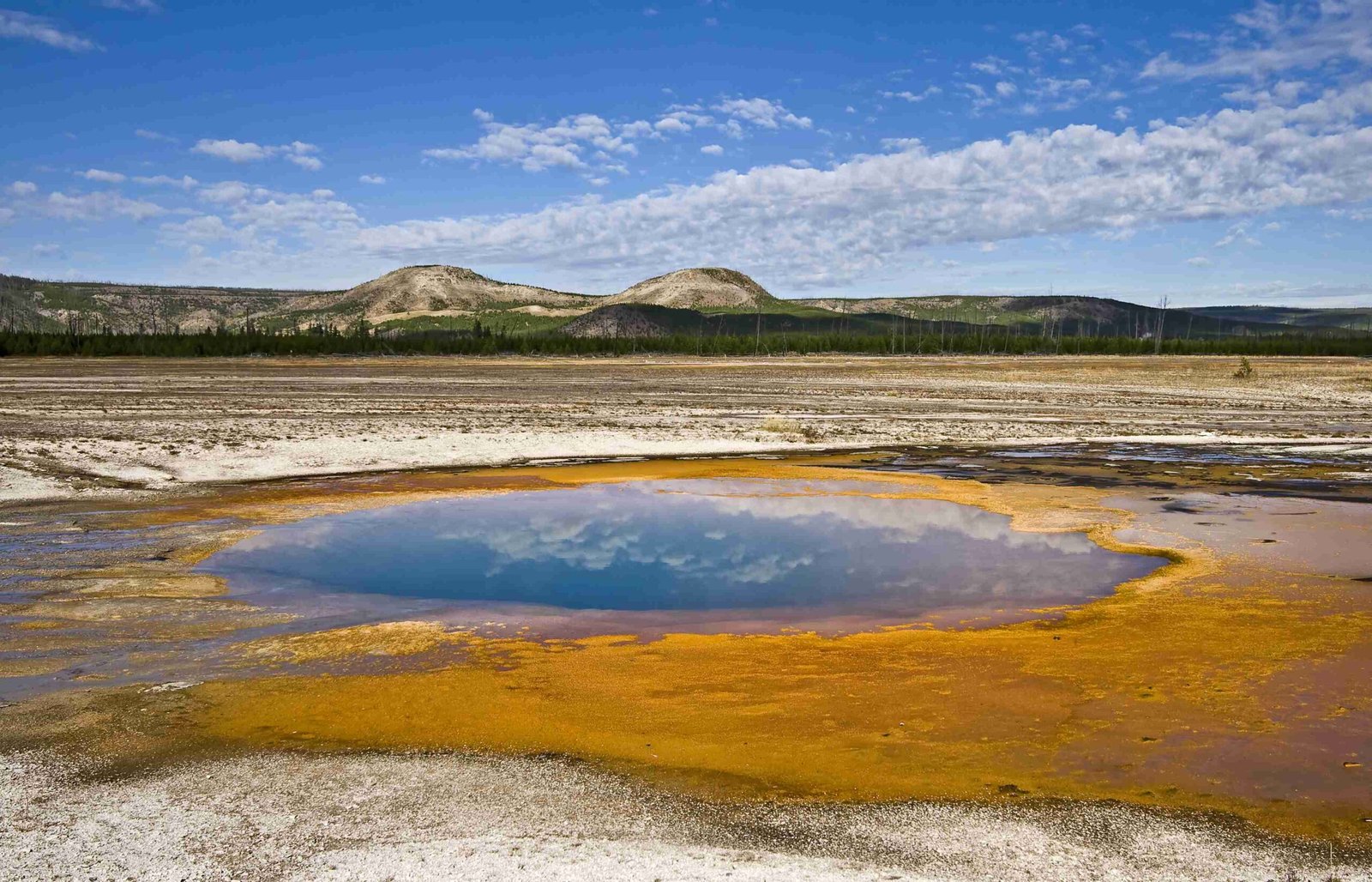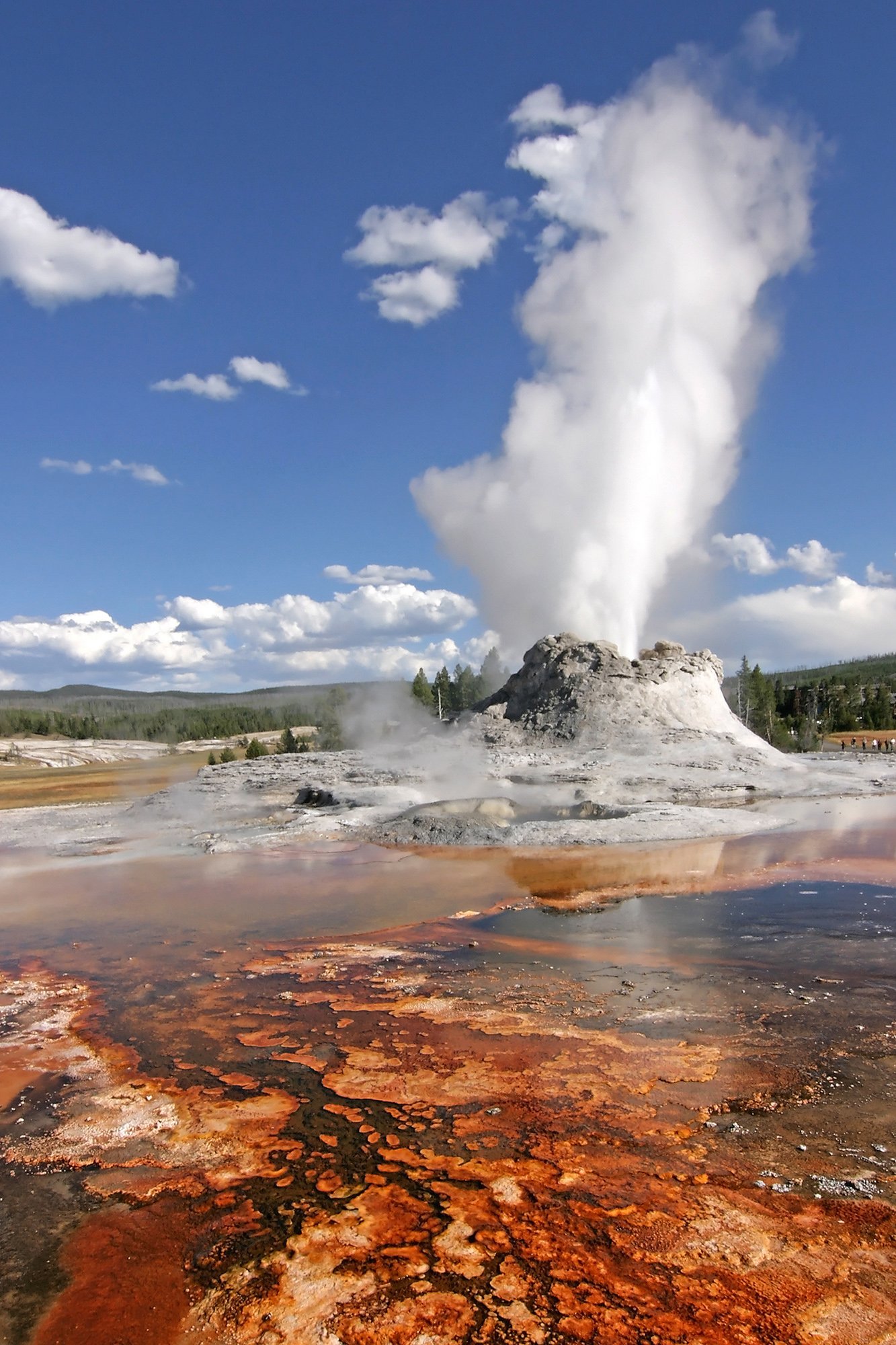The ecology of gray wolf in Yellowstone National Park is a complex and dynamic system. Since their reintroduction in 1995, wolves have significantly impacted the park’s ecosystem. They’ve influenced prey populations, particularly elk, altered vegetation patterns, and affected other predator species. This intricate web of interactions has led to a more balanced and diverse ecosystem, showcasing the importance of apex predators in maintaining ecological health.
What is the Current Population Status of Gray Wolves in Yellowstone?

As of December 31, 2023, the gray wolf population in Yellowstone National Park stands at 124 wolves, distributed across 11 packs. These packs vary in size from 2 to 25 members, with an average pack size of 10.8 wolves. The population includes six breeding pairs, which produced a minimum of 58 pups in 2023. Of these pups, 46 survived to the end of the year, representing a 79% survival rate.
Here’s a breakdown of the wolf population statistics:
| Statistic | Value |
|---|---|
| Total Population | 124 |
| Number of Packs | 11 |
| Average Pack Size | 10.8 |
| Breeding Pairs | 6 |
| Pups Born in 2023 | 58 |
| Pups Surviving to Year-End | 46 |
| Pup Survival Rate | 79% |
| Percentage of Population as Pups | 37% |
This data demonstrates a stable and reproducing wolf population within the park, crucial for maintaining their ecological role.
How Do Gray Wolves Impact the Yellowstone Ecosystem?

The reintroduction of gray wolves to Yellowstone National Park has had far-reaching effects on the ecosystem:
- Prey Population Dynamics: Wolves primarily prey on elk, which has led to:
- Decreased elk calf survival rates
- Reduced adult elk survival
-
Changes in elk behavior and habitat use
-
Vegetation Recovery: The reduction in elk numbers and changes in their grazing patterns have allowed for:
- Regeneration of willow and cottonwood stands
- Increased growth of aspen trees
-
Overall improvement in riparian vegetation
-
Trophic Cascade Effects: The presence of wolves has triggered a series of ecological changes:
- Decline in coyote populations within wolf territories
- Increase in small mammal populations (e.g., rodents)
-
Benefits to scavenger species that feed on wolf kills
-
Biodiversity Enhancement: The wolf’s influence has led to:
- Increased diversity of bird species
- Recovery of beaver populations due to improved riparian habitats
- More balanced predator-prey relationships
These impacts highlight the critical role of gray wolves as a keystone species in the Yellowstone ecosystem.
What Are the Feeding Habits of Gray Wolves in Yellowstone?
Gray wolves in Yellowstone National Park exhibit specific feeding behaviors that are integral to their ecological role:
-
Primary Prey: Elk constitute the majority of the wolf diet, accounting for approximately 80% of their prey.
-
Secondary Prey: Wolves also hunt:
- Mule deer
- Bison (particularly calves or weakened adults)
- Bighorn sheep
-
Moose
-
Hunting Strategies:
- Pack hunting for larger prey like elk and bison
-
Individual or pair hunting for smaller prey
-
Seasonal Variations:
- Winter: Focus on elk and other ungulates weakened by harsh conditions
- Spring: Targeting newborn calves and fawns
-
Summer: More diverse diet including smaller mammals
-
Scavenging: Wolves opportunistically feed on carrion, especially during winter months.
This diverse feeding behavior not only sustains the wolf population but also plays a crucial role in regulating prey populations and distributing nutrients throughout the ecosystem.
How Do Gray Wolves Interact with Other Predators in Yellowstone?
The presence of gray wolves in Yellowstone has led to complex interactions with other predator species:
- Grizzly Bears:
- Competition for prey, especially elk calves
- Bears often displace wolves from their kills
-
Occasional direct conflicts, particularly around carcasses
-
Coyotes:
- Significant reduction in coyote populations within wolf territories
- Shifts in coyote pack sizes and hunting behaviors
-
Increased pressure on smaller prey species for coyotes
-
Mountain Lions (Cougars):
- Indirect competition for prey, particularly elk
- Spatial avoidance of wolf-dominated areas by cougars
-
Potential benefit to cougars from wolf-killed carcasses
-
Black Bears:
- Less direct interaction compared to grizzlies
- Occasional competition for food sources
- Potential benefits from increased berry production due to changes in elk grazing patterns
These interspecies dynamics contribute to a more balanced predator community and influence the overall ecological structure of Yellowstone.
What Research is Being Conducted on Gray Wolves in Yellowstone?
Ongoing research on gray wolves in Yellowstone National Park covers various aspects of their ecology and impact:
- Population Dynamics:
- Annual wolf counts and pack monitoring
- Genetic studies to assess inbreeding and genetic diversity
-
Analysis of mortality factors and causes
-
Predator-Prey Relationships:
- Studies on wolf hunting patterns and success rates
- Research on the impact of wolf predation on elk and other prey species
-
Investigation of trophic cascades resulting from wolf presence
-
Behavioral Studies:
- Observation of pack social structures and dynamics
- Research on wolf communication and territorial behaviors
-
Studies on den site selection and pup rearing
-
Ecosystem Impact:
- Long-term vegetation surveys to assess changes due to wolf presence
- Research on the effects of wolves on other carnivore species
-
Studies on the indirect impacts of wolves on non-prey species
-
Health and Disease:
- Monitoring of wolf health and prevalence of diseases
- Research on parasites affecting the wolf population
This comprehensive research program provides valuable insights into the ecology of gray wolves and their role in the Yellowstone ecosystem, informing conservation strategies and management decisions.
How Can Visitors Learn About and Observe Gray Wolves in Yellowstone?
Yellowstone National Park offers several opportunities for visitors to learn about and potentially observe gray wolves:
- Wolf Watching Tours:
- Guided tours led by experienced naturalists
- Best times: Early morning or late evening
-
Cost: $100-$200 per person for half-day tours
-
Ranger Programs:
- Free or low-cost educational sessions
- Topics include wolf biology, ecology, and conservation
-
Available at visitor centers and through online schedules
-
Self-Guided Observation:
- Best locations: Lamar Valley and Hayden Valley
- Recommended equipment: Binoculars or spotting scopes
-
Best seasons: Winter and early spring for increased visibility
-
Visitor Center Exhibits:
- Interactive displays on wolf ecology
- Historical information on wolf reintroduction
-
Updates on current wolf packs and research findings
-
Educational Materials:
- Books and brochures available at park bookstores
- Online resources on the Yellowstone National Park website
- Junior Ranger programs with wolf-related activities for children
These diverse options allow visitors to gain a deeper understanding of the ecology of gray wolves in Yellowstone National Park while respecting the animals’ natural behaviors and habitats.
What Conservation Efforts are in Place for Gray Wolves in Yellowstone?
Conservation efforts for gray wolves in Yellowstone National Park involve multiple strategies and stakeholders:
- Population Monitoring:
- Annual wolf counts and pack tracking
- GPS collaring of select wolves for detailed movement data
-
Genetic sampling to assess population health
-
Habitat Protection:
- Preservation of key wolf territories within the park
-
Management of human activities to minimize disturbance
-
Conflict Mitigation:
- Programs to reduce wolf-livestock conflicts outside park boundaries
-
Education initiatives for local communities and ranchers
-
Legal Protection:
- Enforcement of federal and state laws protecting wolves
-
Advocacy for continued legal safeguards
-
Public Education:
- Visitor programs highlighting wolf ecology and conservation
-
Outreach to schools and community groups
-
Collaborative Research:
- Partnerships with universities and research institutions
-
Citizen science initiatives for wolf observation and data collection
-
Ecosystem Management:
- Holistic approach considering wolves’ role in the broader ecosystem
- Adaptive management strategies based on ongoing research findings
These comprehensive efforts aim to ensure the long-term survival and ecological role of gray wolves in Yellowstone National Park, balancing conservation needs with human interests in the surrounding areas.

